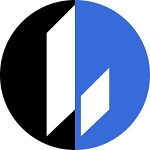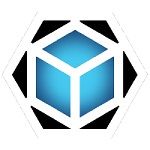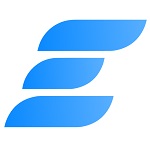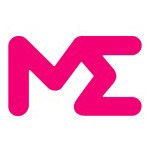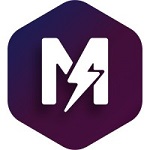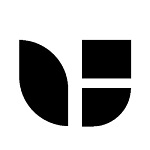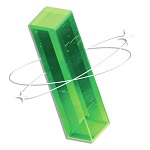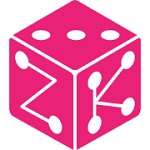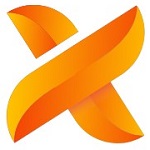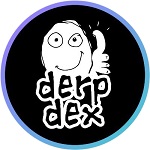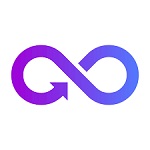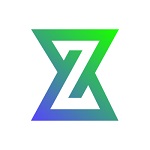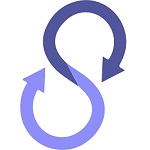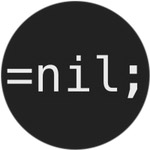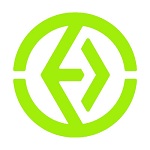zkSync Ecosystem
| Projects | Status | Date start | Raised | Launchpad | Ecosystem | X score | Interest lvl | Industry | ||
|---|---|---|---|---|---|---|---|---|---|---|
| TBA | Blockchain +3 | |||||||||
| TBA | Trading & Investing +3 | |||||||||
ICO | May 15, 2025 | Blockchain +3 | ||||||||
IDO Past | Feb 24, 2025 | Blockchain +1 | ||||||||
IEO Past | Nov 25, 2024 | Blockchain +3 | ||||||||
| Nov 25, 2024 | $159,5M | Crowdfunding & Lending +7 | ||||||||
IDO Past | Oct 31, 2024 | $2M | Blockchain | |||||||
IDO Past | Sep 18, 2024 | Gaming +1 | ||||||||
| Sep 18, 2024 | $10M | Exchanges & Wallets +2 | ||||||||
IEO Past | Jan 16, 2025 | $22,6M | Blockchain +2 | |||||||
| Jan 16, 2025 | Gambling +1 | |||||||||
IDO Past | Mar 18, 2024 | Crowdfunding & Lending | ||||||||
| Mar 18, 2024 | $3M | Finance +2 | ||||||||
| Mar 18, 2024 | Trading & Investing +2 | |||||||||
| Mar 18, 2024 | Exchanges & Wallets +3 | |||||||||
| Mar 18, 2024 | Exchanges & Wallets +2 | |||||||||
ICO Past | Mar 18, 2024 | Exchanges & Wallets +1 | ||||||||
| Mar 18, 2024 | Exchanges & Wallets | |||||||||
| Mar 18, 2024 | NFT | |||||||||
| Mar 18, 2024 | Exchanges & Wallets +2 | |||||||||
IDO Past | Feb 03, 2025 | $22M | Blockchain +1 | |||||||
| Feb 03, 2025 | Exchanges & Wallets | |||||||||
IEO Past | Dec 25, 2024 | $5M | Gaming +1 | |||||||
| Dec 25, 2024 | $458M | Blockchain +2 | ||||||||
What is ZkSync network
zkSync is a modern solution with zero-knowledge (zk-Rollup) cumulative package that uses cryptographic proof-of-concept to enable scaling of the Ethereum network.
zkSync builds an entirely new way of approaching the scaling or blockchain trilemma. As other L2s, this project aims to optimize the balance between security, scalability and decentralization in blockchain systems.
Interesting fact: Vitalik Buterin noted in 2022 that zkRollups are promising solutions for Ethereum and will surpass Optimistic Rollups in the long run.
Notably, zkSync originally has 3 versions. The first version of zkSync was launched in 2022. In 2023, the developers rebranded and actually launched zkSync Era.
The zkSync protocol was developed by Alexander Vlasov and Alexey Glukhovsky, having previously founded a company that positions itself as a mission, Matter Labs.
Investors & partners
In a short time period zkSync has raised about $458 million. Among the main investors are:
- Union Square Ventures (USV)
- 1kx
- Blockchain Capital
- Lightspeed Venture Partners
- Dragonfly Capital
- Variant Fund
- Coinbase Ventures
- Blockchain com Ventures
- ConsenSys
- Placeholder
- Hashed
- Ethereum Foundation
- eGirl Capital
- Manifold Trading
- BitDAO
- a16z (Andreessen Horowitz)
- Alchemy Ventures
- OKX Ventures
- Bybit
- Crypto com, and more
What’s interesting is that zkSync has attracted quite a bit of attention from large ecosystems. They received about 150 applications at the beginning of their journey. For example from Chainlink, Uniswap, 1inch, Aave, Argent, Curve and many others.
Key mechanism of ZkSync blockchain
Similar to Arbitrum or Optimism, the zkSync solution implements its own zk Proofs or Zero-Knowledge Proofs Rollups. The mechanism gives the system the ability to combine transactions into a single data packet and write to the Ethereum core network. And the important thing here is that only cryptographic evidence of correctness of transactions is actually sent to Ethereum in a compressed form. This significantly increases efficiency, while at the same time reducing costs.
Among the innovative technologies based on zero-knowledge proofs (ZKP), zkSync lists:
- Validium
- zk-Rollup
- Volition
Zk Rollups – as you can understand from the name, zk Rollups combines the technologies of zk Proofs and Rollups, or “package data”. That is, the zk Rollups-based network first generates a “packages” of transactions and then creates a digital proof that this package was processed correctly and sends this proof to the core network.
Let’s see how it looks like:
- Rollup Formation: Transactions are packaged into a rollup.
- ZKP Creation: A zero-disclosure proof is generated.
- Ethereum Validation: The proof is sent to the Ethereum smart-contract for validation.
As an output, it turns out that Ethereum can verify just one SNARK proof-of-stake to process all transactions included in the Blockchain. That is, the set of data to be transferred is reduced to calldata for network state recovery and SNARK proof, which allows for cheap and fast transactions.
It should be noted that in the zkSync ecosystem the role of Validators is taken over by so called Operators and they play a key role in the network, packing blocks into transactions and generating proofs.
After some updates, zkSync implemented the zkSync Elastic Chain concept. This approach is designed to significantly improve Ethereum and solve the problem of liquidity fragmentation. In turn, it enhances the user experience as well. Elastic Chain empowers the ability to combine rollup, validium and volition and is a highly scalable network of ZK Chains. It provides seamless interoperability with a clear user interface and is protected by powerful mathematical principles.
In the context of blockchain, Elastic Chain is very similar to the design of the internet and endows the system with the ability to scale infinitely. In doing so, the solution virtually guarantees that the blockchain can increase in popularity without seriously compromising security and performance.
Much like Arbitrum, zkSync primarily aims to provide an EVM-compatible network with the ability to quickly deploy smart contracts from Ethereum, so many developers are already integrating the network with their projects.
Advantages of ZkSync
- Scalability
- Blockchain security
- Decentralization
- EVM support, based on proprietary zkEVM
- Account Abstraction
- Web3 APIs and wallets
- Low commissions
- Payment for gas in ERC20
- Developing infrastructure
From an infrastructure perspective, zkSync is gaining momentum very quickly and there are projects of all sorts working in the ecosystem; Bridges, DeFi, infrastructure protocols and more. Another advantage of zkSync is that the system gives maximum ease of access through MetaMask Wallet or TrustWallet, which are powered by ETH.
Token ZK
ZK is a proprietary management token of the ZkSync ecosystem. The token is of ERC-20 standard and is launched using Ethereum. ZK can be used in staking, for system management, as part of the governance and for distributing rewards to ecosystem members.
Like many other large projects, zkSync entered the market via Airdrop. For community drop was allocated 17.5% of the total supply of 21 billion tokens.
Conclusion
It is essentially a new generation of L2 that has so far been implemented on a smaller scale than optimistic rollovers, so zkSync is one of the pioneers in its direction. zkSync appeals to developers because of its full compatibility with EVM and lower cost of deploying smart-contracts, and to ordinary users because of its ability to conduct low-cost transactions. Despite some problems encountered by zkSync participants back in the Airdrop phase of the ZK internal token.


